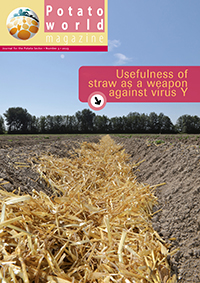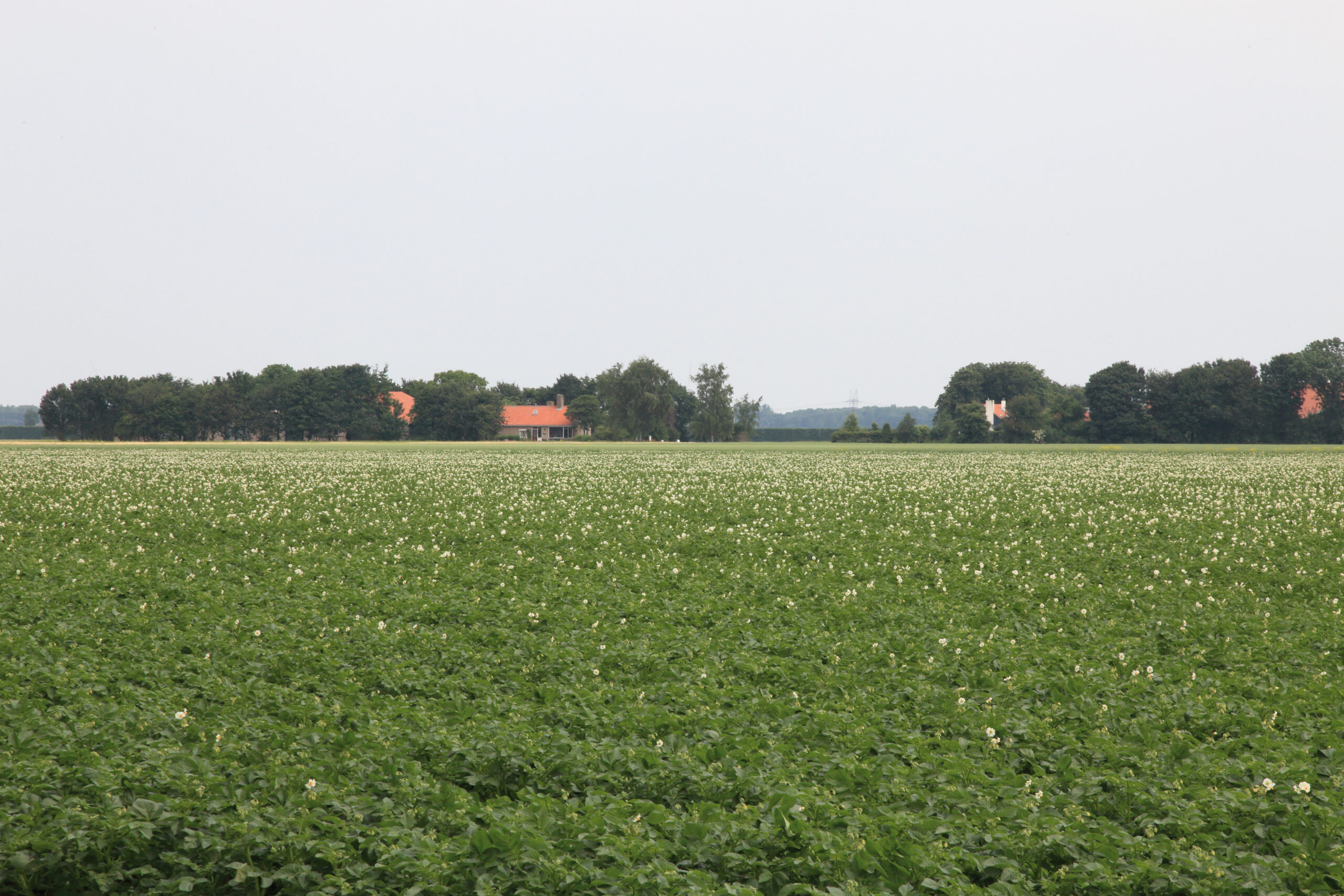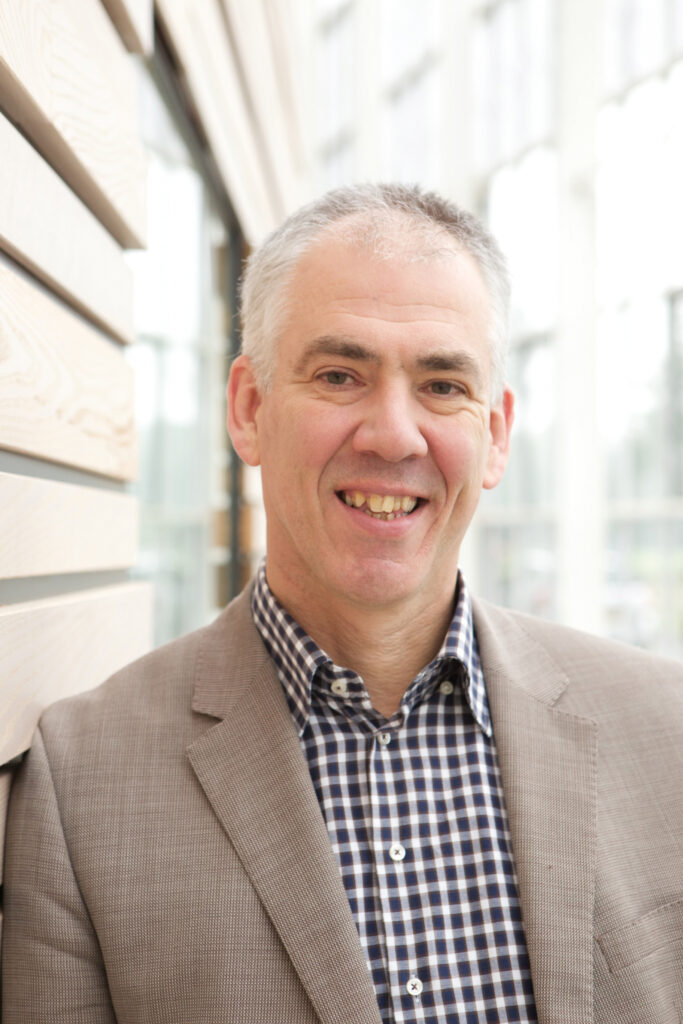Already a subscriber? Activate your premium account

Potatoworld Magazine

Since molecular technologies became available to plant scientists, they are trying to improve plant production by changing the genetic structure of the plant. Last November an article was published in which scientists reported that they improved photosynthesis and production of tobacco plants with more than 25 percent. (South, Cavanagh, Liu, & Ort, 2019) When this 25 percent extra photosynthesis is extrapolated to potato crops yields of 150 to 160 per tons per hectare should be possible. The question now is; are these techniques the best way to higher yields?
I think that higher photosynthesis can lead to higher crop production but firstly we have to solve a lot of other problems. With the current varieties and possibilities of the crop most farmers only reach 30 to 50 percent of the potential. The average in the Netherlands for example is about 50 tons per hectare while potential yields of about 100 tons are possible and yields between 70 and 80 tons can be found in practice. Farmers with relatively low yields often point to the unreliable weather or other external circumstances that may have reduced their yield and or quality. We can conclude that it is a challenge to produce a perfect crop but it’s not impossible. How? I will try to illustrate this with an example from the sporting world.
Let’s make a site step to formula 1 car racing which is very popular over the last three years in the Netherlands since we have a driver who wins a race now and then. Formula 1 maybe even more complex than growing potato crops. But in some ways, you can compare the two. Firstly, you have a car with a chassis, an engine and a lot of different tires to choose from. They race more than 20 times per year in a on a different circuit under different circumstances. Different weather, different asphalt, different curves and even during the race the circumstances can change. How do they deal with that? Before the season a strategy is chosen, they make sure that the basic setup of the car is designed and prepared according their vision . This means that they make sure chassis, engine and tires are tuned to each other in a way they think they can race as fast as possible. Just before the race they collect as much data as they can about the local circumstances, they adjust the car and decide on the tactical plan. Finally on racing day, they only concern about the operation and react on the situation on the track and the competition.
Let’s take this example back to potato cropping. Maximum yield can only be attained when strategy, tactics, and operation are aligned. Starting by choosing the right variety for the purpose, local conditions and growing season. Based on information from the site and seed potato lot, a growing plan is made, the field is prepared and the crop is planted. During the season the farmer executes the growing plan and reacts on the changing conditions in the field such as weather and disease pressure. In practice these criteria are often not met leading to less than optimal crops and yield.
To answer the question, I think before we start using techniques as artificially enhanced photosynthesis, improvements can be accomplished fastest by improving your crop production process. When you want to benefit maximal from these new techniques your crop production must be near potential just as In a formula 1 car a stronger you only take full advantage of a stronger engine if the chassis and tires are good enough to transfer the power to the circuit.

Dr. Ir. Peter Kooman
Professor Potato supply chain and sector innovation
CAH Vilentum University of Applied Sciences
p.kooman@cahvilentum.nl
Events
©2015 - 2024 Potatoworld | Webdesign and realisation COMMPRO